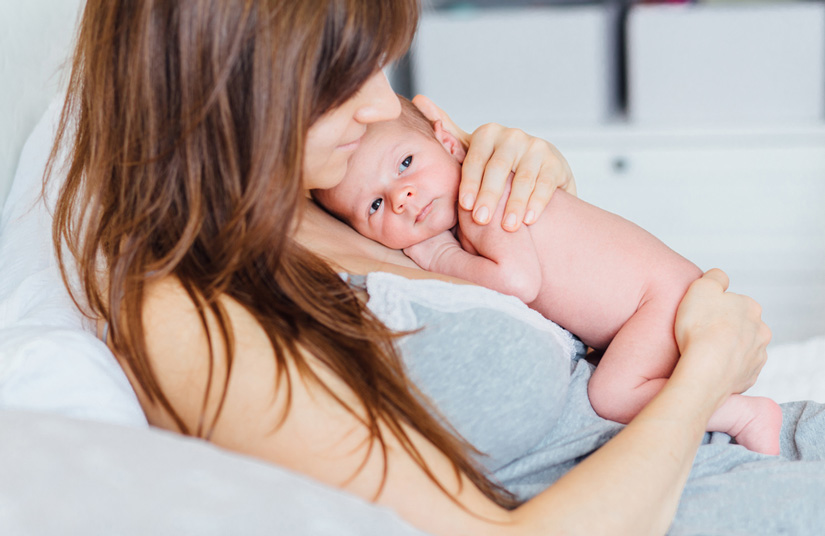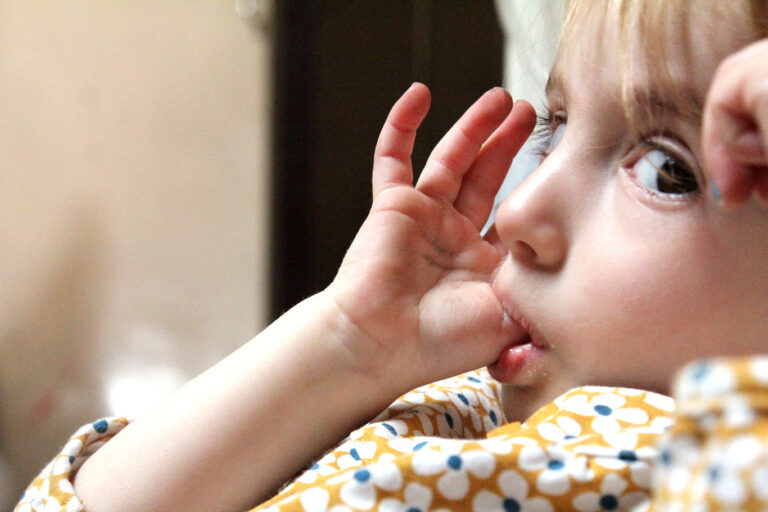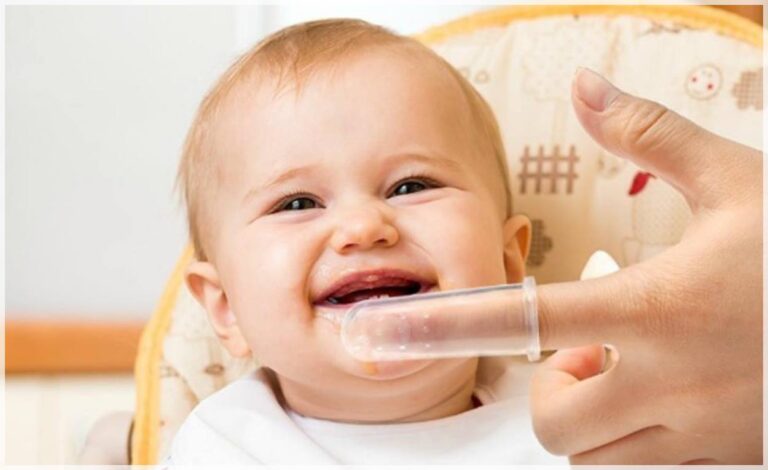How to do Skin to Skin with baby? Best tips for new mommies
Are you anxiously awaiting the birth of your child? One of the most special moments will be when you feel your baby in your arms, that is, skin to skin, right? This guide will explain who and how to do skin to skin with baby?
Well, this well-known expression, translated from English ” skin to skin ”, not only seems like a lyrical part of a poem, but it is known to be one of the best ways to ensure a good adaptation of your baby to life out of your belly. Today in Minutus we tell you the benefits of this method and what exactly it consists of. Will not leave you indifferent!
WHAT IS ” SKIN TO SKIN ”?
The skin-to-skin practice consists of having permanent contact between the skin of the mother (or father) and that of the child. This ends up reinforcing the affectivity between the two figures.
The position that is carried out is placing the baby between the abdomen and the bare chest of the mother. Subsequently, the back of the child’s body should be covered with a blanket or warm clothing.
The ” skin to skin ” after delivery is usually during the first 50 minutes, and can sometimes last up to 2 hours. It is recommended that during routine care after the baby is born, it is not separated from its mother. With care we refer to drying the newborn, putting on the hat so that it does not get cold, the administration of vitamin K or the antibiotic eye ointment. Also, the umbilical cord cut should be done while the baby is on top of its mother.
HOW TO PERFORM THE ” SKIN TO SKIN ”?
Although we have mentioned it before, we are going to be more specific:
- The baby should be placed between the mother’s two breasts: her cheek on top of the chest and her legs should be separated on the mother’s belly.
- The child’s head should be slightly extended so that his airways open and also facilitate visual contact between mother and child.
- As soon as it is born, it is always recommended to place the baby on top of the mother. This has to be naked and maintain body temperature with clothing that is put on the back such as a diaper and a hat
- The father or mother should wear loose cotton clothing to shelter the little one. In addition to going without perfumes and showered. An elastic shirt will be the best, although in the case of the mother, it will be best without a bra so that you can notice your skin more.
Looking for the most comfortable position for both of you, a dim light and a comfortable temperature will accompany you.
HOW LONG SHOULD THE ” SKIN TO SKIN ” BE PERFORMED?
The minimum recommendation is 50 minutes in a row and it is preferable to last up to two hours.
It is recommended that, in reality, the minimum is 2 hours. And as long as there is the predisposition of the mother or father, it is recommended to do it every day.
It is advisable to do it during the first year of life, especially in premature babies. uring this time it will be enough to correct any type of auditory, visual or neurodevelopmental alteration.
BENEFITS OF THE PRACTICE OF “ SKIN TO SKIN ” with your BABY
This method benefits all babies, but provides many more benefits in those who are premature.
1. Releases hormones that relieve stress and stabilize temperature
Most babies stabilize more quickly on their mother’s breast , practicing “skin-to-skin” than those who did not or had to be sent to an incubator. When your baby was in your belly, the placenta was in charge of giving oxygen to the fetus’s blood. Once your little one is born, he must begin to use his lungs so that all the tissues of his body are oxygenated.
2. Better breastfeeding thanks to skin to skin
In addition, better breastfeeding rates are achieved and the baby benefits from better milk production. Your little one will then be able to suckle better and more often. Having more contact with the mother and feeding on breast milk provides better long-term health for the little one.
3. More relaxed babies
Apart from improving the affective bond, the contact with the mother’s skin makes the baby more relaxed. This causes your hormones to prepare your hormones for optimal food absorption and this ends up being interpreted as greater weight gain.
As the child’s overexcitement is reduced, his sleep period improves, as does his neurological development.
The biggest difference after the birth of the skin-to-skin baby is the crying time after birth. Your hormones decrease stress and make your baby cry less. This is because the baby feels more secure and the bond between him and the mother becomes attachment. This will end up providing you with more emotional stability.
4. Reduces the mother’s risk of postpartum mood disorder
When you place a baby on top of the mother, this releases a hormone that reduces the mother’s stress and promotes healing. It also gives mom a chance to rest or take a break.
5. Create connections between mom, dad and baby that last a lifetime
As we have already talked about, skin to skin helps the mother to produce more milk, since it helps to be more relaxed because more oxytocin is generated.
In addition, breastfeeding causes hormones to be generated that benefit the uterus to contract and, thus, making it more difficult for any bleeding or blood loss after delivery to occur.
In conclusion, doing skin-to-skin tightens family ties, since the affective bond is increased while reducing the anxiety and stress of the moment.
WHO CAN DO SKIN TO SKIN?
Any baby can be performed skin-to-skin unless some medical contradiction has been imposed. It could happen in the event that the little one had to be resuscitated (it occurs in 10% of deliveries, especially in those premature), or in the event that the mother requires general anesthesia in an emergency cesarean section.
As it is recommended in all maternity wards, since there is no justification for not carrying it out. In the event that the mother cannot do it at first for any reason, the baby should be placed on the mother’s breast as soon as possible.
If there were any unforeseen events and the mother was unable to do it, it is proven that skin-to-skin also has benefits if it is done by the father.
AND WHAT IF MY BABY IS PREMATURE?
- This practice will always be beneficial for a premature and underweight baby, since it provides optimal conditions for its development.
- Helps to lower the number of respiratory pauses thanks to the vertical position that regulates breathing.
- The transit improves and thus the vomiting episodes decrease. Improving digestion.
- Their motor and muscular activity is favored by energy savings and, consequently, weight gain.
- Your immune system is strengthened, reducing hospital infections.
- The hospital stay is reduced.
- It provides heat.
- Contributes to the maternal / paternal-filial bond.
- Counteracts the negative effects of prolonged separation.
It ends up being an effective method for the health and well-being of both premature babies and their parents.






